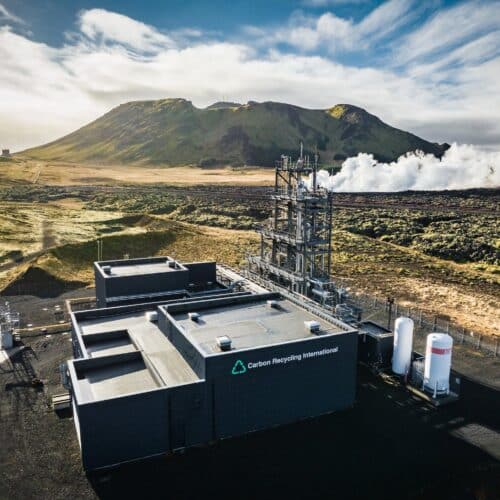Low-fare air carriers made it possible for budget-conscious travelers to see more of the world more frequently, but at a not-so-hidden cost. Cheaper flights mean more people travel. More people traveling means more flights. More flights means more emissions. In 2018, worldwide aviation contributed almost 2.5% of the world’s total carbon emissions. More than 4.5 billion airline tickets were sold in 2019, and those numbers are projected to climb after the lingering impact of the pandemic wears off.
So why has easyJet, one of the most recognizable names in low-fare flights, just announced that they’re ending their carbon offset policy at the end of the year?
Because they’re setting their sights higher.
Carbon offsets, the practice of a company investing in, for example, forestry conservation or renewable energy projects, has its detractors. While it’s a step in the right direction, offsets admittedly do not not stop or directly reduce emissions, they seek to counterbalance them. easyJet seems to be acknowledging this by releasing their roadmap to being a net zero company by 2050.
The targets here are a 35% “carbon emissions intensity”* reduction by 2035, and 78% (against 2019 amounts) by 2050. Those targets and the path to getting there were prepared in collaboration with the Science Based Targets Initiative (STBi), an effort spearheaded by the World Wildlife Fund, United Nations Global Compact, World Resources Institute, and CDP Global.
Here are some of the ways easyJet proposes to pull this off:
✅ Upgrading its fleet with more fuel efficient aircraft
✅ Improving the efficiency of overall operations
✅ Joining international consortiums to improve airspace conditions for more direct routing and less idling
✅ Purchasing less polluting fuel blends
✅ Calling for climate-centric and industry-wide regulations
✅ Partnering with Rolls-Royce on developing hydrogen-powered jet engines
✅ Partnering with Airbus to develop carbon capture and storage technology
Three things really jump out at me. First, easyJet is committing to targets that require investing in technologies that don’t even exist yet. Putting resources towards a long-term goal that’s currently beyond reach shows commitment to innovation. Second, easyJet is openly calling on their competitors and regional governments to sit down together and develop a climate plan that benefits all stakeholders. Third, there’s a third-party verification in place—through STBi’s independent assessment—to help easyJet stay on track towards net zero while holding them accountable.
Additionally, easyJet will continue offering passengers a voluntary offset option.
* How much carbon is produced per unit of fuel burned per unit of distance per passenger.
If you want to learn more:
✅ And you can learn more about where we’re at with airline emissions by reading this EESI brief, “The Growth in Greenhouse Gas Emissions from Commercial Aviation” here.




